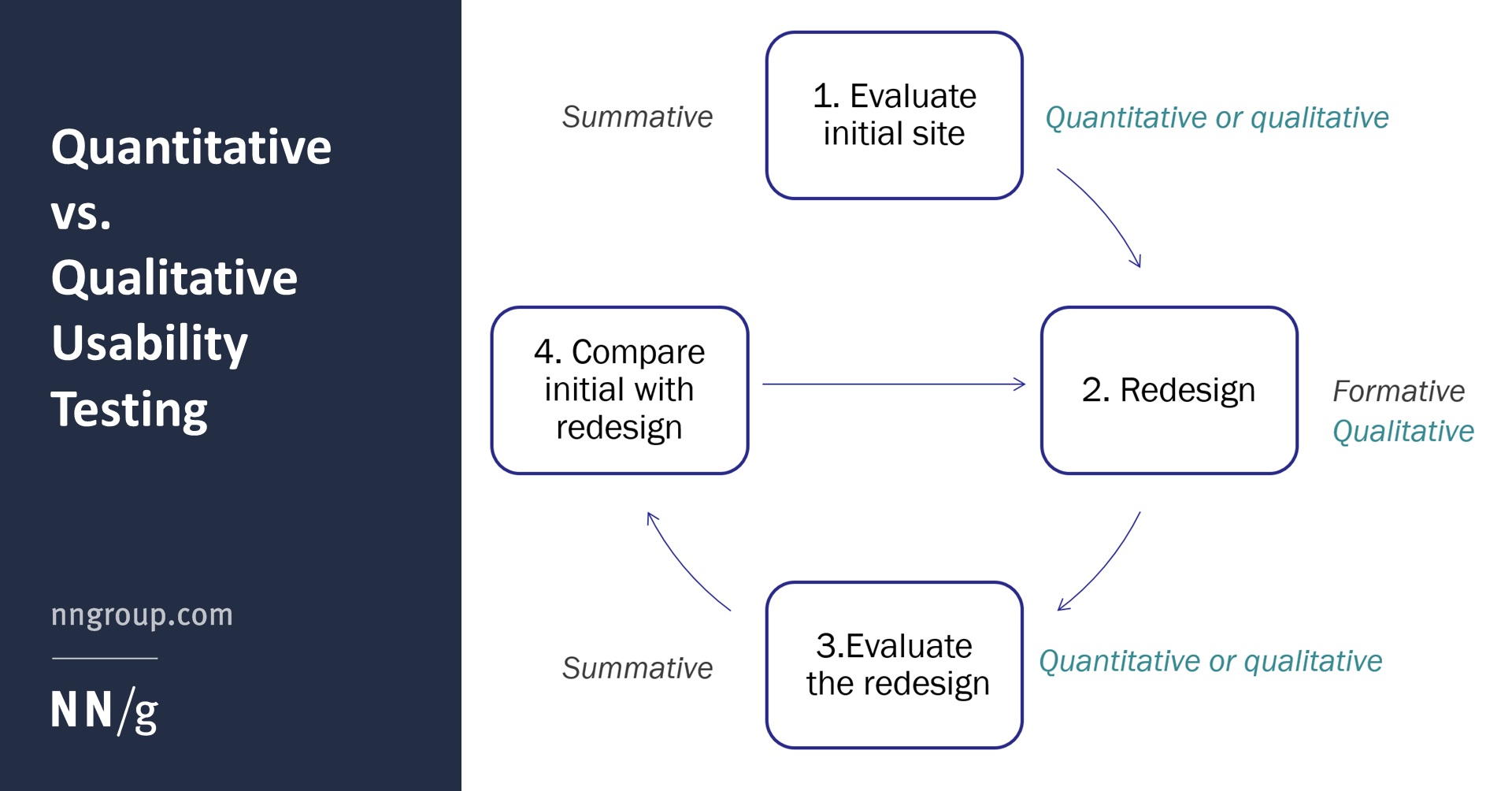

A technique called the Five Whys is commonly used to determine cause-and-effect correlation. By asking open-ended questions, and following up with “why?”, respondents are given the freedom to express what led them to these decisions. Qualitative survey questions aim to extract information that is not easily quantifiable such as feelings, behaviors, and motivations for making a choice. Please select your answer to the following statement: “It’s important to contribute to a retirement plan.” How likely are you to recommend this service to a friend? How many times did you use the pool at our hotel during your stay? They often include Likert scales and other survey question types to engage respondents throughout the questionnaire. Quantitative survey questions are used to gain information about frequency, likelihood, ratings, pricing, and more. Examples of Quantitative Survey Questions Allowing respondents to express themselves freely may reveal new paths to explore further. The open-ended nature of qualitative survey questions opens up the possibility to discover solutions that may not have been presented in a traditional quantitative survey. Qualitative survey questions tend to be open-ended and aim to gather contextual information about particular sets of data, often focused on the “why” or “how” reasoning behind a respondent’s answer. They are often used in an interview-style setting to observe behavioral cues that may help direct the questions. Qualitative survey questions aim to gather data that is not easily quantified such as attitudes, habits, and challenges. They can be deployed broadly and results weighted for statistical accuracy after the survey is complete. Quantitative surveys are ideal when working with a control group or when there is a need for the statistical representation of a population. Mobile survey environments are especially effective when closed-ended quantitative survey questions are used, as they allow for the optimal respondent experience. Quantitative survey questions are best for gathering broad insights and developing basic profiles, validating assumptions about an unknown (or little known) audience. Quantitative survey questions are an excellent starting point in market research, allowing a researcher to “take the temperature” of a population to ensure there is a want or need for a product or service before investing in expensive qualitative research. Benefits of Quantitative Survey Questions When quantitative and qualitative research are paired, a complete set of data can be gathered about the target audience’s demographics, experience, attitudes, behaviors, wants and needs. This can be gathered through contextual inquiries or interviews to learn more about feelings, attitudes, and habits that are harder to quantify but offer important additional context to support statistical data.

Qualitative research focuses on personalized behavior, such as habits or motivations behind their decisions. Quantitative research is usually conducted through surveys or web analytics, often including large volumes of people to ensure trends are statistically representative.Įven when the survey audience is very large, quantitative research can be targeted towards a specific audience, usually determined by demographic information such as age, gender, geographic location. Researchers often use it to correlate data about specific demographics, such as Gen Z being more likely to focus on their finances than Millennials. Quantitative research is about collecting information that can be expressed numerically. Difference between Quantitative and Qualitative Research However, the right time to use either method (or use both together) can vary depending on your research goals and needs. Research is developed using quantitative and qualitative research methods to gain a complete understanding of the target audience’s needs, challenges, wants, willingness to take action, and more. Want a quick summary? Check out the infographic! Quantitative vs Qualitative survey questions


 0 kommentar(er)
0 kommentar(er)
